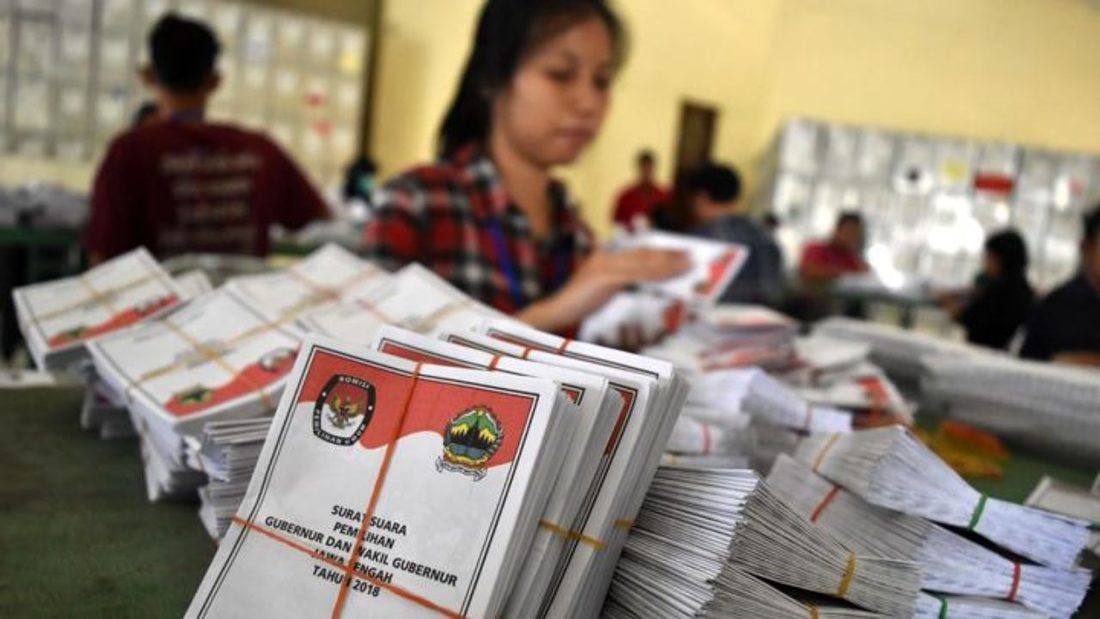OSAKA – To mark International Women’s Day on March 8, there will be worldwide marches, parades, protests and public awareness activities on the contributions of women and the barriers and discrimination they still face.
One issue of focus is the state of women in politics and government at the national and local levels. That includes Japan, where recent official efforts to boost the number of female politicians has run up against long-entrenched attitudes and practices that make that task particularly difficult.
When were women in Japan first allowed to vote in national elections?
Women were first given the right to vote in the Lower House election on April 10, 1946, under the U.S.-led Occupation, which was the first general election after the end of World War II. Some 13.8 million women cast ballots and 39 women were elected for the first time to the 464 member chamber — 8.4 percent of the total at a time when Japan’s Diet was still officially debating a new Constitution.
A new Constitution went into effect later, with the new female Diet members joining in formally giving women the right to vote.
How did efforts to increase the number of female lawmakers progress?
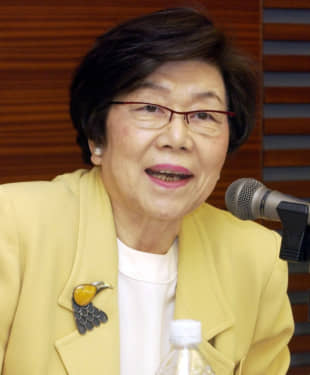
The proportion of women in the Lower House plunged quickly in the next election and remained at between 1 and 2 percent until 1996, when it reached 4.6 percent. Along the way, in 1987, the Japan Socialist Party, headed by its first female leader, Takako Doi, launched what became known as the “Madonna Strategy,” backing a wide variety of female candidates in the 1989 Upper House election, 10 of whom won.
In the 2005 Lower House election, in which a major issue was whether to privatize the postal system, then-Prime Minister Junichiro Koizumi backed a number of female candidates, who were dubbed “assassins” in their bids to challenge incumbents opposed to the privatization plan. These candidates were not able to secure the support of Koizumi’s Liberal Democratic Party headquarters and formed new parties, ran as independents or received only local LDP support. The 43 female winners came from all parties. Not all of the 26 LDP winners were “assassins,” but Yuriko Koike, who is now Tokyo governor, is one high-profile example.
In the 2009 Lower House election, 54 women won —11.3 percent of the total. Forty were backed by the Democratic Party of Japan, which took over the government between 2009 and 2012.
What’s happened since 2009?
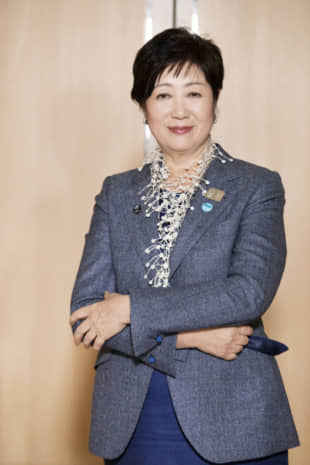
The LDP and Komeito returned to power in December 2012, and one of Abe’s policies was to increase the percentage of women in all sectors, not just politics. In 2015, the Cabinet approved a plan for gender equality, while a nonpartisan parliamentary group that same year looked at introducing a quota system. Political differences between the parties and opposition from conservative groups — as well as difficulty resolving how to carry out the policy in practice — prevented the idea from becoming reality.
Instead, legislation on gender equality in the political arena was passed in May 2018. It called for gender equality in politics to be promoted and for efforts to achieve, as equally as possible, parity in terms of the number of male and female candidates for Diet elections and local government assemblies. It also called for ensuring freedom of political activities to achieve that goal.
Yet the act only obliges individuals, groups and parties to take essentially voluntary actions to raise the percentage of national and local female politicians.
How have women in politics fared since the 2018 law?
The first election under the new law was the April 2019 local elections held nationwide. Six out of 59 mayoral races were won by women. About 12.7 percent of those who ran for prefectural assembly elections were women, and women won 10.4 percent of the seats. This was just a slight increase over the 9.1 percent of prefectural assembly seats that went to women in 2015.
The second election was the Upper House vote in July 2019. A total of 104 women — 28.1 percent of the candidates — ran for seats. That was up from 24.7 percent in the 2016 election. Female candidates won 28 out of the 124 seats up for election — 22.5 percent — in both district and proportional elections.
There were 10 female winners from the LDP, six from the Constitutional Democratic Party of Japan, four independents, three from the Japanese Communist Party, two from Komeito and one each from Nippon Ishin no Kai, the Democratic Party for the People and Reiwa Shinsengumi.
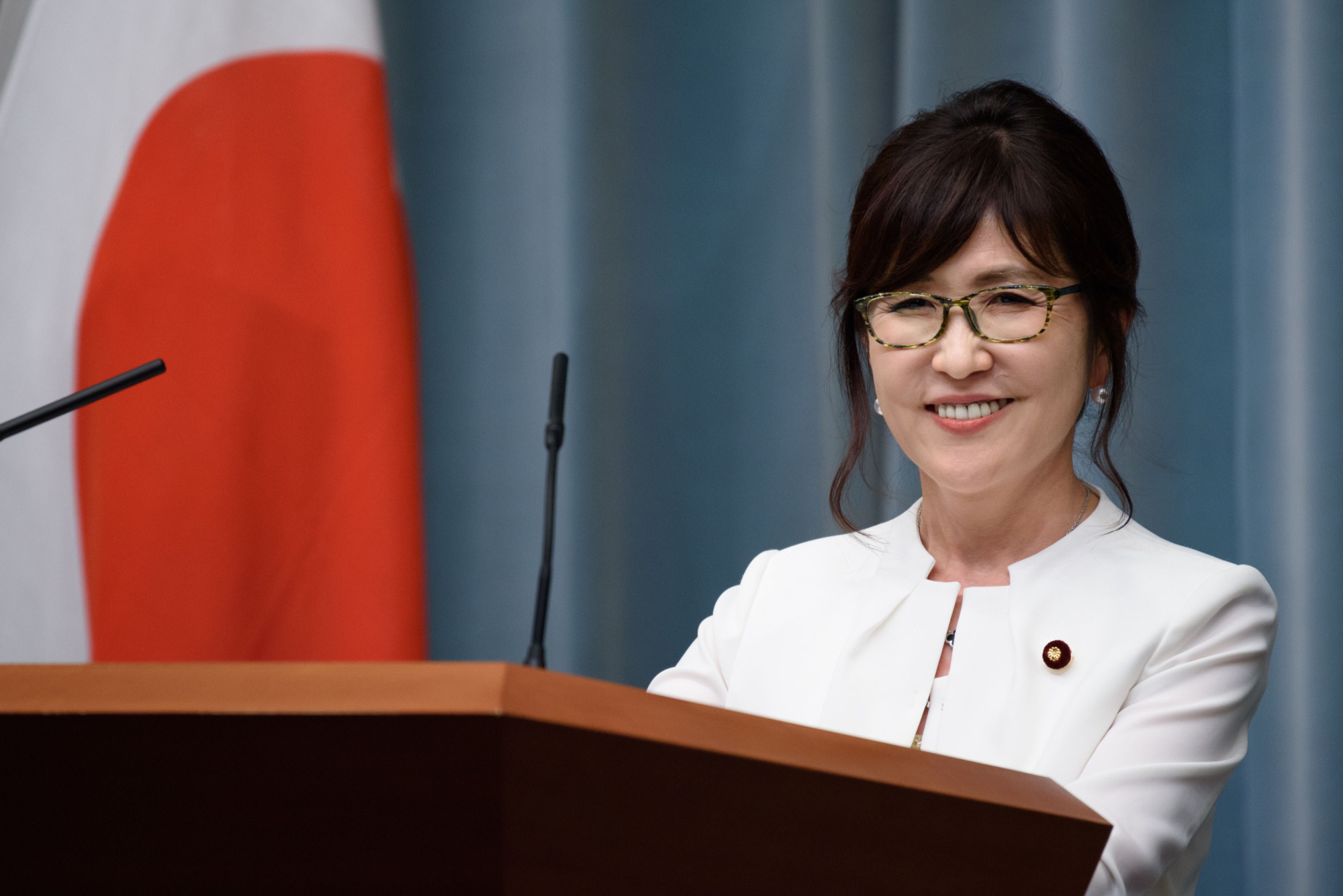
Who are some prominent veteran female politicians in Japan?
Koike has one of the highest profiles in Japan and abroad, especially with Tokyo due to host the Olympics. She will stand for re-election in July, just before the opening ceremony.
Former Defense Minister and current LDP executive Tomomi Inada is a close ally of Abe. Last year, she formed a group of female LDP members in a bid widely seen as being aimed at strengthening her interparty and public support for a possible run for party president, and most likely become prime minister, after Abe steps down. Internal affairs minister Sanae Takaichi is also said to be close to Abe, although she is not believed to have ambitions to become prime minister.
Prominent female Diet members in the main opposition camp include Upper House member Renho, who currently serves as CDP deputy leader. The Taiwanese Japanese politician is a former party president and was minister of state for revitalization in 2010 and 2011. In the Lower House, CDP veteran Kiyomi Tsujimoto is the party’s acting secretary-general.
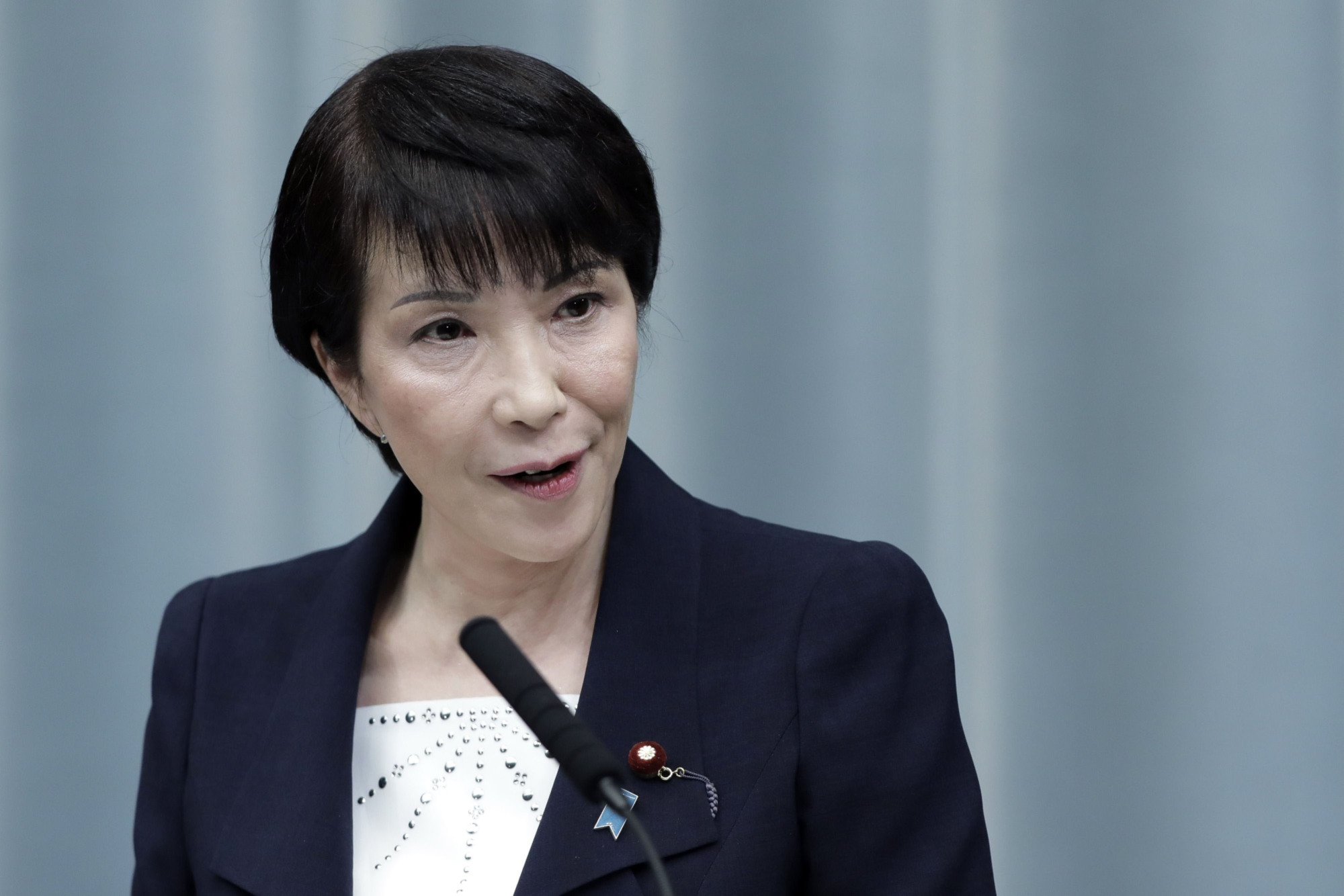
Why, more than seven decades after the 1946 election, are there relatively few female Diet members?
The reasons are complex and have to do with a combination of historical, social, legal and economic factors. Some point to Japan’s deeply paternalistic societal structure and attitudes toward the role of women — on the part of men and women — that are quite different from other parts of the world where there are larger numbers of female politicians.
Others look at practical issues, such as a lack of the kind of long-established political and economic support groups male Diet members have long relied on at election time. And there are plenty who blame politicians and bureaucrats for failing to adopt quotas or pass laws that would require, rather than essentially request, that the number of female politicians be increased.
While the percentage of female politicians in some local government assemblies tends to be higher than the percentage of female Diet members, domestic and international scrutiny is likely to continue, as critics stress more needs to be done — including stricter laws and policy measures — to increase the number of female politicians at all levels.

